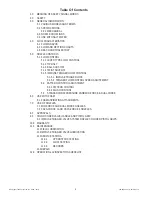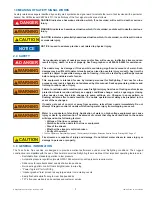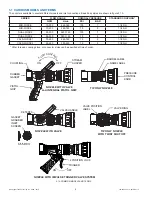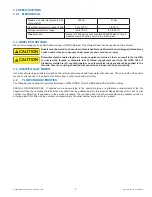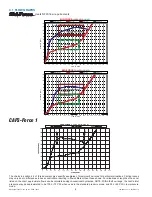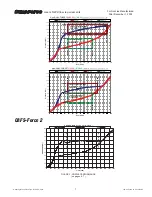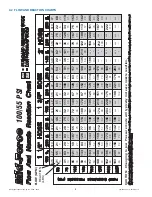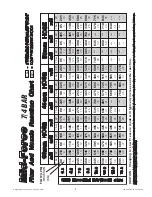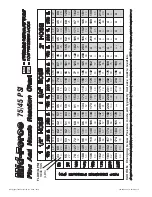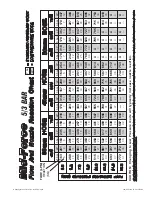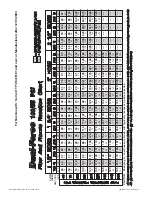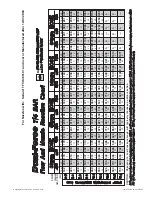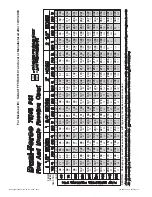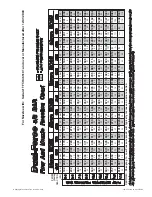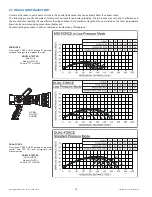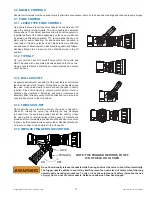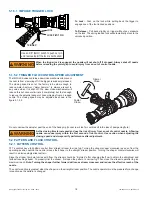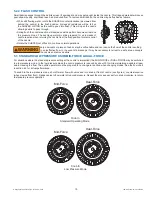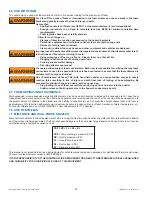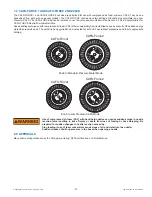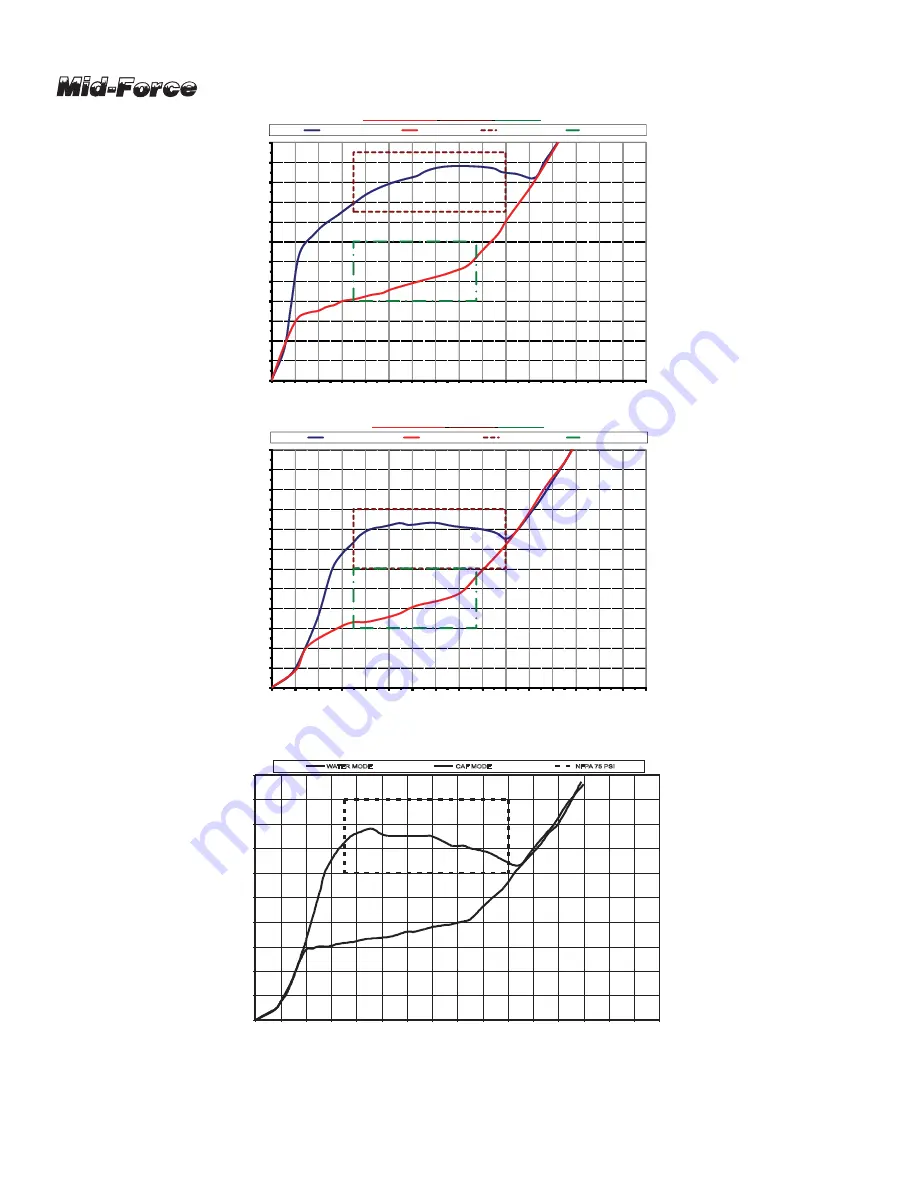
©Copyright Task Force Tips, Inc. 2002 - 2015
LIN-035 June 16, 2015 Rev15
6
4.1 FLOW GRAPHS
meets NFPA flow requirements.
115 PSI
200 GPM
85 PSI
0
10
20
30
40
50
60
70
80
90
100
110
120
0
20
40
60
80
100
120
140
160
180
200
220
240
260
280
300
320
Pressure (PSI)
Flow (GPM)
MID-FORCE
100/55 PSI
(7/4 BAR)
STANDARD 100 PSI
LOW 55 PSI
NFPA 100 PSI
NFPA 55 PSI
70 GPM
STANDARD PRESSURE MODE
70 - 200 GPM
(265 - 760 L/min)
FLOW RANGE
LOW PRESSURE MODE
90 PSI
200 GPM
60 PSI
0
10
20
30
40
50
60
70
80
90
100
110
120
0
20
40
60
80
100
120
140
160
180
200
220
240
260
280
300
320
Pressure (PSI)
Flow (GPM)
MID-FORCE
75/45 PSI
(5/3 BAR)
STANDARD 75PSI
LOW 45PSI
NFPA 75 PSI
NFPA 45 PSI
70 GPM
STANDARD PRESSURE MODE
70 - 200 GPM
(265 - 760 L/min)
FLOW RANGE
LOW PRESSURE MODE
CAFS-Force 1
CAFS-FORCE 1
75/45 PSI (5/3 BAR)
0
10
20
30
40
50
60
70
80
90
100
0
20
40
60
80
100
120
140
160
180
200
220
240
260
280
300
320
FLOW (GPM)
WATER MODE
CAF MODE
NFPA 75 PSI
PRES
SURE(PSI)
CAF MODE
WATER MODE
90 PSI
60 PSI
75 GPM
200 GPM
The charts in section 4.2 of this document give specifi c examples of maximum fl ow rates for particular situations. Friction losses
may vary due to differences in hose construction resulting in fl ows different than those shown. For situations or lengths of hose not
listed on the chart, approximate fl ows can be calculated using conventional hydraulics. NOTE: Within the fl ow range, the nozzle inlet
pressure may be approximated to be 100 or 75 PSI, when used in the standard pressure mode, and 55 or 45 PSI in low pressure
mode.


